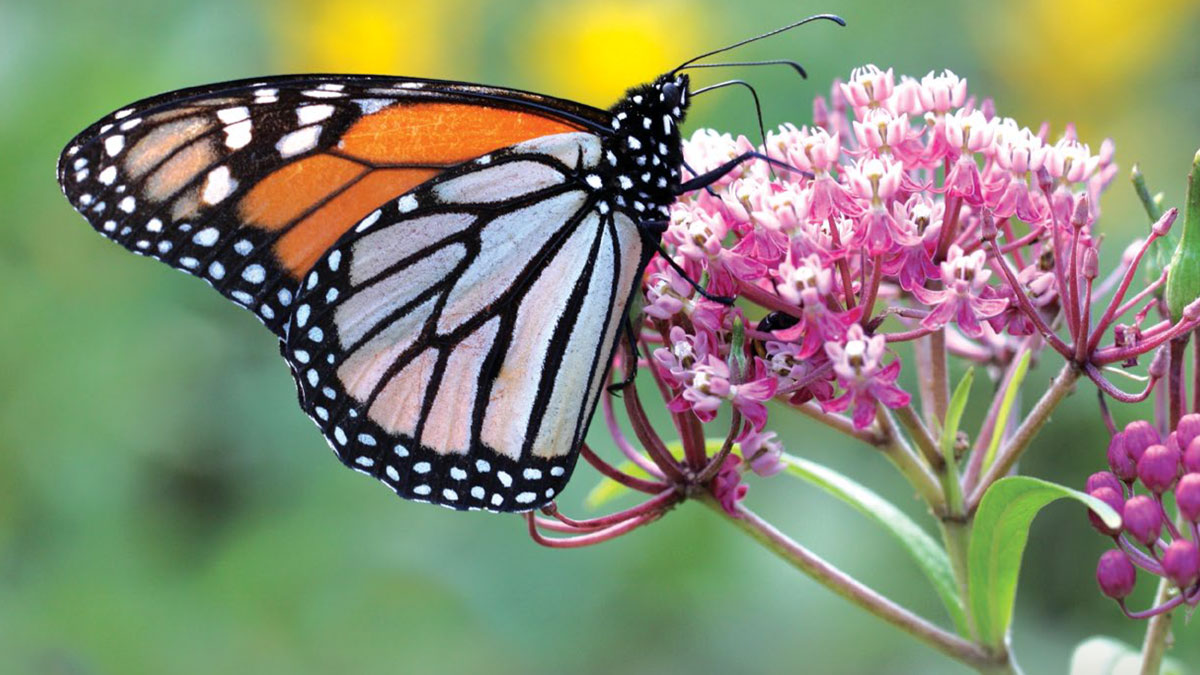Climate change can turn Monarch Butterflies’ favorite food into poison

New research is documenting the impact of increased CO2 in our atmosphere on the plants, wildlife, farms and waterways we are all working to conserve. With CO2 levels recently, as of May, the highest they have been in 2 million years (based upon ice-core research and atmospheric testing), we are now facing increasingly serious challenges to the lands, waters and places we love.
Scientists at Louisiana State University (LSU) are investigating the relationship between climate change and species responses.
The Monarch Butterfly, already stressed because of habitat damage and pesticides, is now caught in the cross-hairs of how plants are responding to increased CO2.
LSU clarifies that there are several different species of milkweed, but they all share a common trait. They produce toxic chemicals in their leaf tissue called cardenolides that deter most vertebrate predators.

Climate Change and Toxins
These chemicals are in the class of cardiac glycosides that interfere with sodium potassium-pumps in the heart and other tissues and can even affect humans if ingested in large quantities.
They note that Monarchs, however, have evolved to become cardenolide-tolerant up to a certain point.
By laying their eggs on milkweed plants that contain levels of cardenolides that are toxic for their predators, Monarchs protect their caterpillar offspring from being eaten.
After hatching and chowing down on milkweed leaves, the caterpillars are full of cardenolides that make them taste nasty to most predators, such as birds. Monarch Butterflies also sequester this compound in their wings. Their contrasting bright orange and black wings signal “do not eat me” to birds such as blue jays.
But if a milkweed plant produces too much of this toxic chemical, caterpillars that feed on the plant’s leaf tissue may inadvertently poison themselves.¹ It’s a situation they are now watching, with growing concern.
Together, we can make a difference
You can help reduce the pace of climate change, and help save the wildlife, plants, and community landscapes you love.
We, here at the land trust, are working on this as well. Check out our website for ideas on how you can help.
Together, we can address the need to slow down climate change and conserve our region’s farms, wildlife, woodlands and our waterways.
The science is increasingly clear. Now is the time to make a difference. And we are pleased to be able to work with you, to help.
¹ http://www.lsu.edu/mediacenter/news/2018/04/03bio_faldyn_monarchs.php

